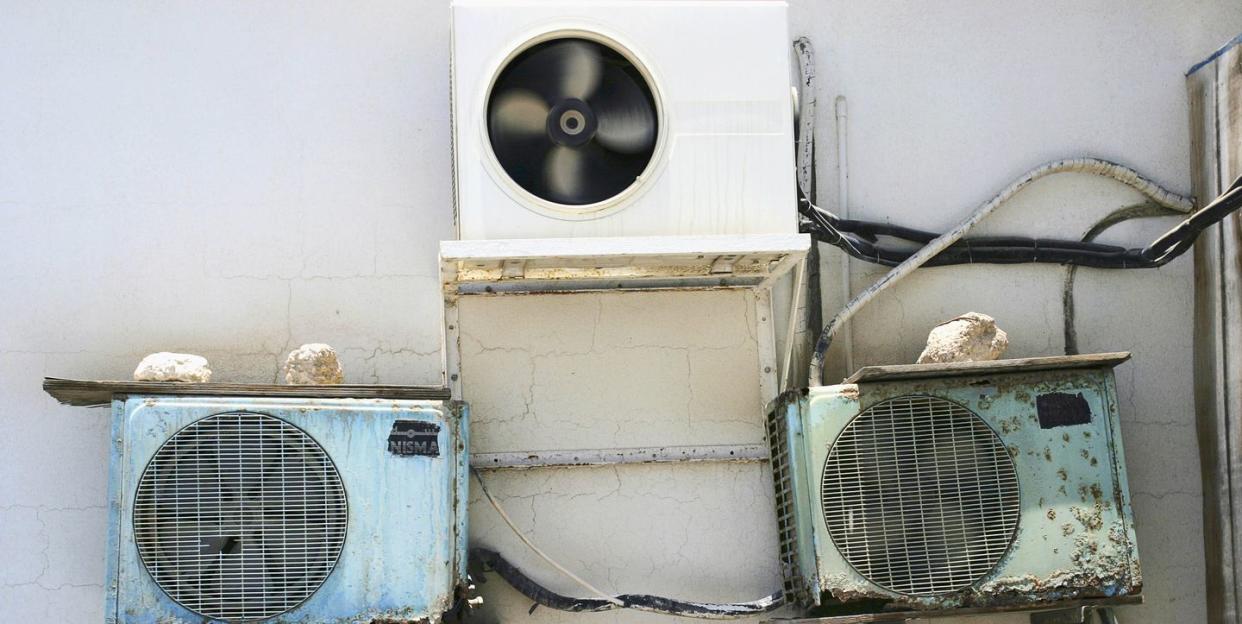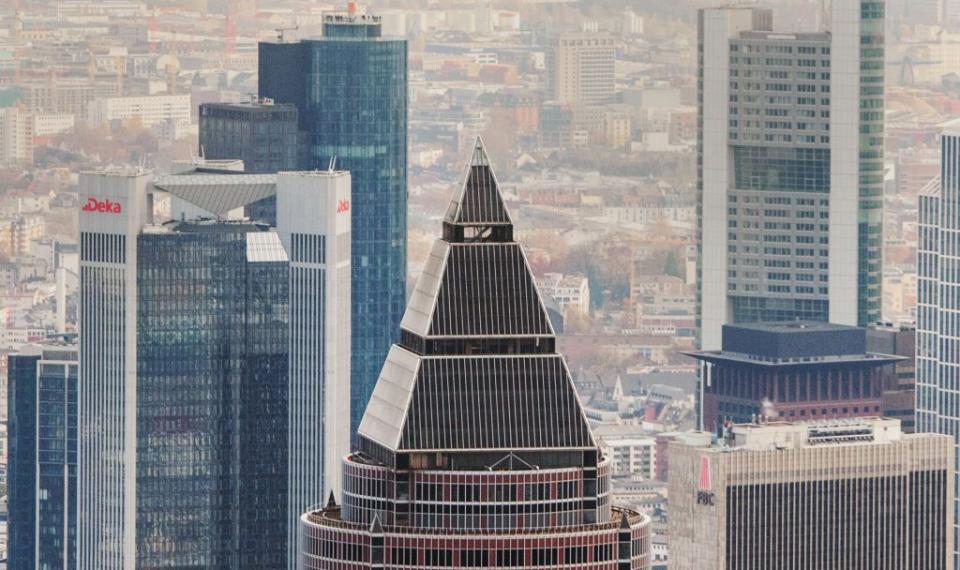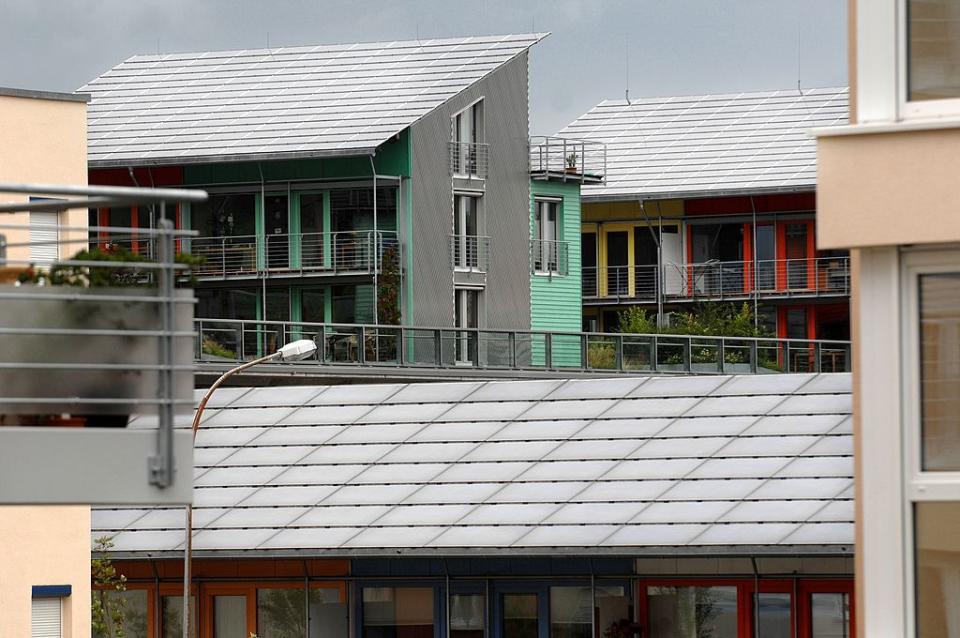Could We Re-Engineer A/Cs To Help Battle Climate Change?

Air conditioners are an increasing perpetrator of global warming. However, a new paper from a trio of scientists argues that retrofitting the machines could offer a positive step toward fighting climate change.
Titled “Crowd oil not crude oil,” the paper tries to flip a global negative on its head. The International Energy Agency estimates that there are 1.6 billion AC units on the planet. With that number expected to rise to 5.6 billion by 2050, the amount of greenhouse gases sent out by A/Cs would increase from 1.25 billion tons in 2016 to 2.28 billion tons by midcentury.
The downward spiral is easy enough to see: A/C units contribute to global warming through their use of hydrofluorocarbons, which drive temperatures up, which causes people to buy more A/C units. It's a great business model, but a terrible strategy for saving the planet.

Roland Dittmeyer, an engineer at Germany's Karlsruhe Institute of Technology and lead author on the paper, offers up a new idea: what if A/Cs could soak up greenhouse gases while cooling people at the same time?
"Imagine the renewable-electricity-powered air conditioning system in your house, apartment or office at work, besides functioning for cooling and heating, being adapted to capture carbon dioxide and water from the air," reads the paper. "Imagine the water and carbon dioxide thus collected converted into renewable hydrocarbon fuels using existing technology and thereby creating personalized, localized and distributed, synthetic oil wells."
With air rushing through an A/C, a filter could capture all of the carbon dioxide that blows inside. That supply of carbon, a form of carbon capture, could either be buried or recycled as a potential source of energy. As existing tech, carbon capture has had problems getting off the ground. With a smaller scale, "the concentration of CO2 in the air is low," the paper says, "[but] the absolute amount of CO2 in contact with the A/C device can be substantial."
The paper cites the third-tallest building in the European Union, Frankfurt's MesseTurm, as an example. "With 400 ppm CO2 in air," the paper notes, "this translates to 0.75–1.5 t CO2 h−1 ready for capture." That means that the MesseTurm could digest as much as 1.5 tons of carbon dioxide an hour.

"If you have enough [AC-derived fuel], you could store it," Dittmeyer says, speaking to Yahoo. "You could build up a future hydrocarbon reserve. Maybe later use it, or not use it."
The method could also offer promise on a smaller, residential scale. The study examines the environmentally friendly German suburb Vauban, which already puts an emphasis on environmentalism. There are 354 building in Vauban, and collectively they could pull in around 200 kilograms (440 pounds) of carbon dioxide in a single hour.
Around the world, politicians are calling for new technologies to battle global warming. While air-captured CO2 storage might not be as powerful as seagrass in capturing gas, it certainly has potential. Dittmeyer hopes to prove the team's concepts on a larger scale.
Source: Nature
('You Might Also Like',)

